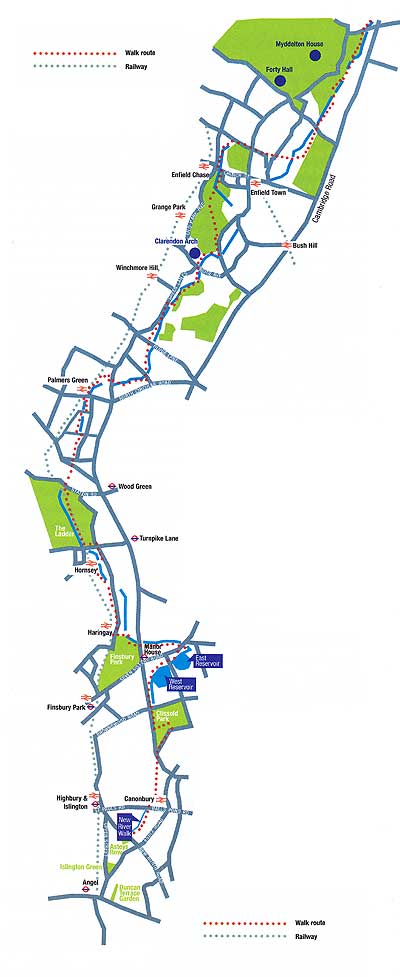

Something can be done about every unhappy condition.

There is a relieving answer to every tormenting question. You are not at the mercy of unfulfilled cravings. Financial affairs are not financial problems. The painful states of anxiety and loneliness are abolished permanently. This breaks their hypnotic and damaging hold on us. We must become acquainted with our emotional household: we must see our feelings as they actually are, not as we assume they are. That opens the door.Īlways walk through life as if you have something new to learn and you will. Mysticism is not this or that particular cup on the table it is the water poured into all of them. Topics: Giving, Give, War, Mind, Love, Power, Defeat We are slaves to whatever we don’t understandĪll we have to do is to receive what we are given…We are given the naturalness to love someone, to be calm in crisis, to ignore self-defeating suggestions, to be pleasant, forgiving, tender, helpful, unworried, brave, energetic. Source: Wikipedia (via CC-BY-SA license) If our L1 hypothesis is supported, novel therapeutic options are conceivable, including antisense RNA therapy directed against retrotransposon expression or nucleoside inhibitors against ORF2 reverse transcriptase activity.Vernon Linwood Howard was an American spiritual teacher, author, and philosopher. Our investigations could increase understanding of the processes initiating neurodegenerative disease, especially amyotrophic lateral sclerosis. Public Health RelevanceĪmyotrophic lateral sclerosis and Alzheimer's disease involve loss of structure and function of neurons resulting in cell death, and while posing an increasing health threat to an aging population lack effect cures. Common mutations in both ORF1p and disease susceptibility proteins will be assayed for their effects on coaggregation. We will assay for alteration in the size, number, and morphology of L1 ORF1p-mediated cytoplasmic RNA granule formation in patient samples and monitor for association and colocalization of ALS/AD-associated proteins with the L1. Using immunocytochemistry, RNA analyses, coimmunoprecipitation, and a functional assay for L1 ORF2 reverse transcriptase activity, we will examine brain tissue and derived iPS cell lines, mainly from ALS patients but also including AD samples, and compare these with age-matched controls to ascertain if L1 RNA and protein expression is elevated in the disease state. However, recent investigations show that these defenses are occasionally relaxed, leading to increased retrotransposon activity in certain somatic cell types, including stem cells, some cancers, and notably neuronal cells in the human brain. The cell in turn has evolved defenses against unrestricted retrotransposition, including DNA methylation, chromatin remodeling, nucleic acid editing, and RNA interference. L1 retrotransposition has also been responsible for the insertion of over a million non- autonomous Alu retroposons and thousands of processed pseudogenes. The Human Genome Project estimated that over 500,000 L1 copies occupy 17% of human DNA, although it is believed that only about 100 of these remain potentially active in any individual. LINE1 retrotransposons are non-viral mobile DNA elements that duplicate themselves by a """"""""copy and paste"""""""" mechanism using an RNA intermediate. Furthermore, a corresponding increase in L1 ORF2 protein could account for increased levels of reverse transcriptase activity that have been detected in sera of ALS patients. We predict that the consequent increase in cellular levels of the L1-encoded ORF1p RNA-binding protein could increase its binding to proteins of significance for ALS or AD and promote their sequestration in stress granules and other cytoplasmic aggregates. We propose a novel hypothesis: rather than mutations at single gene locus, increased expression of ubiquitous LINE1 (L1) retrotransposons in the brains of ALS or AD patients, perhaps from many locations in the genome, contribute to the disease pathology. However, one common feature of many neurodegenerative diseases is protein aggregation, and it is widely thought that revealing the processes of cytoplasmic aggregate formation is key to better understanding the disease.

A number of genes have been found, each explaining a minor percentage of familial cases and contributing little to our understanding of the pathogenesis of sporadic cases. Much effort has been expended identifying susceptibility genes for amyotrophic lateral sclerosis (ALS) and Alzheimer's (AD) disease. Understanding the causes of neurodegenerative diseases with the aim of developing effective treatments is a significant medical challenge.


 0 kommentar(er)
0 kommentar(er)
